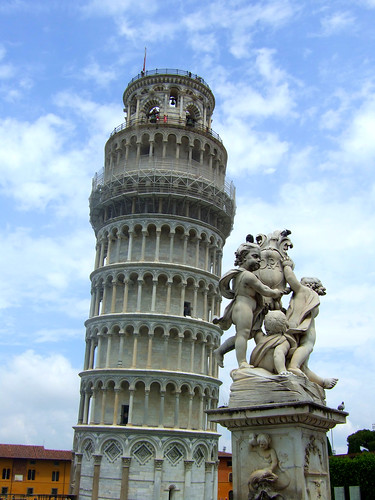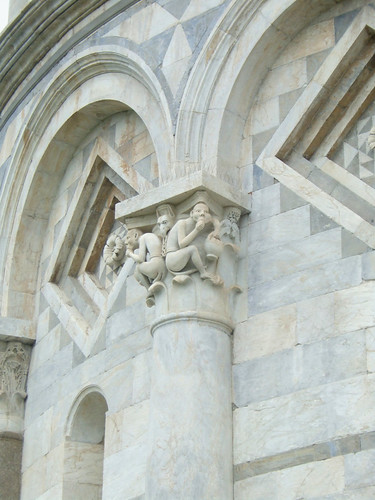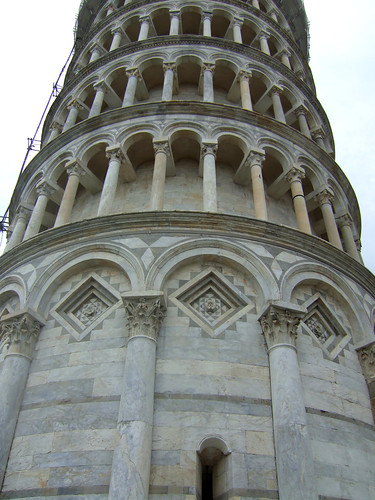Nestled in the heart of Tuscany, the Leaning Tower of Pisa is one of the most iconic landmarks not just in Italy, but in the entire world. Known for its unmistakable tilt and rich medieval history, this architectural masterpiece draws millions of visitors every year.

Why the Leaning Tower of Pisa Leans?
The Leaning Tower of Pisa (Italian: Torre Pendente di Pisa) is an architectural wonder that owes its global fame to an engineering flaw.
Construction of this iconic Campanile, or bell tower, began in 1174 under the direction of Bonanno Pisano. Although it was intended to stand straight beside the Santa Maria Assunta Cathedral, the tower started leaning just five years later. The culprit? A poorly laid foundation on unstable, soft soil, which couldn’t support the tower’s massive weight.
A Century-Long Pause in Construction
When the lean became evident, builders halted the work in an attempt to prevent collapse. For nearly 100 years, the structure remained unfinished. Construction resumed under Giovanni di Simone, who tried to correct the tilt by building the upper floors at a slight curve in the opposite direction. By 1370, the tower was completed with the addition of the bell chamber, giving it its current total of eight stories.


Tower Dimensions and Lean
- Height: 55.86 meters (183.27 feet) on the lower side
- Steps to the Top: 294
- Lean angle (pre-stabilization): About 5.5 degrees
- Lean reduction (post-1998): 45 centimeters straighter

Stabilizing the Tower: A Modern Engineering Feat
By the late 20th century, fears of collapse prompted a massive stabilization project. In 1998, engineers began carefully removing soil from beneath the north side of the structure. This method, known as underexcavation, successfully reduced the tilt by 45 cm, bringing the tower to a safer, more stable position.
In 2001, after decades of monitoring and engineering work, the Leaning Tower of Pisa was reopened to the public, with limited entry allowing 30 people at a time to climb to the top.
Why Visit the Leaning Tower of Pisa?
The tower is part of the UNESCO-listed Piazza dei Miracoli, which includes:
- The Pisa Cathedral (Santa Maria Assunta)
- The Baptistery
- The Camposanto Monumentale
But it’s the tower that steals the spotlight. With its white marble façade, elegant Romanesque arches, and iconic tilt, the Leaning Tower is one of Italy’s most photographed and visited landmarks.
If you're standing at the base admiring its angle or climbing all 294 steps for a panoramic view over Pisa, the experience is unforgettable.
